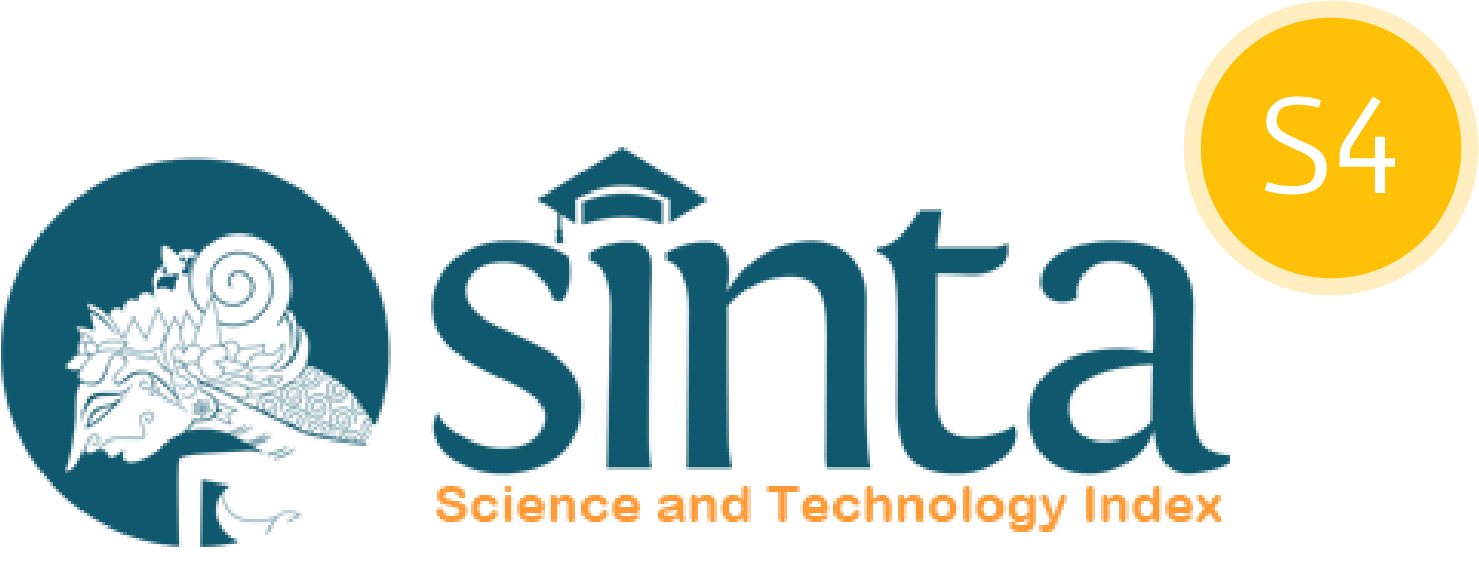Drawing with Ink as an Enjoyable and Creative Activity for Children
DOI:
10.29303/ujcs.v6i3.1146Published:
2025-09-30Issue:
Vol. 6 No. 3 (2025): SeptemberKeywords:
Abstract Drawing, Children, Creativity, Community Service ProgramArticles
Downloads
How to Cite
Downloads
Metrics
Abstract
Drawing training for children is an enjoyable and creative activity, yet it is often overlooked in today's digital era. This background issue arises from the fact that many children prefer to play with gadgets rather than engage in artistic activities that can enhance their motor skills and creativity. The objective of this training is to provide a fun and educational drawing experience, allowing children to express themselves through abstract art and color exploration. The training methods employed include a free and unstructured approach, color games, and emotion & imagination-based activities, which encourage children to create without limitations. The conclusion of this training indicates that drawing activities not only improve children's artistic skills but also awaken their aesthetic sensitivity and motor creativity, making art an essential medium for holistic development amidst the challenges of the modern world.
References
Behnamnia, N., Kamsin, A., Ismail, M. A. B., & Hayati, A. (2020). The effective components of creativity in digital game-based learning among young children: A case study. Children and Youth Services Review, 116, 105227. https://doi.org/10.1016/j.childyouth.2020.105227
Dana, I. W., Sya’bani, D. M., Riyanti, M. T., Abdullah, F., Azizan, A. T., Wardoyo, B. T., Astuti, F., Suaka, I. N., Zahar, I., Mustaqim, K., Jama, K. B., Diwyarthi, N. D. M. S., Hartiningsih, S., Rejo, U., Rohmah, N. B., & Vianey, W. Y. (2022). Multikultural dan Prospek Dialog Lintas Budaya di Era Kebebasan Berekspresi. Pustaka Larasan.
Dinehart, L., & Manfra, L. (2013). Associations Between Low-Income Children’s Fine Motor Skills in Preschool and Academic Performance in Second Grade. Early Education & Development, 24(2), 138–161. https://doi.org/10.1080/10409289.2011.636729
Eisner, E. W. (2003). The Arts and the Creation of Mind. Language Arts, 80(5), 340–344. https://doi.org/10.58680/la2003322
Ghanamah, R. (2025). The Impact of Physical Activity and Screen Time on Motor Creativity in Kindergarteners. Children, 12(2), 116. https://doi.org/10.3390/children12020116
Kalsum, U., Gandini, A. L. A., Sutrisno, S., Wahyuni, E. P., Putri, R. A., & Purwati, N. H. (2024). Reducing gadget use intensity in preschool-aged children through storytelling and coloring therapy. Healthcare in Low-Resource Settings. https://doi.org/10.4081/hls.2024.11929
Lauss, J., & Helm, C. (2024). The Role of the Arts in the Classroom: Does Integration of the Arts Promote Social Relationships in the Classroom? Education Sciences, 15(1), 14. https://doi.org/10.3390/educsci15010014
Lowenfeld, V., & Brittain, W. L. (1982). Creative and Mental Growth. Macmillan Publishing.
Malchiodi, C. A. (2011). Handbook of Art Therapy. Guilford Press.
Murwonugroho, W. (2019). Mediating Role of Social Media in the Memorability of Street Sculpture Art: Jogja Street Sculpture Project 2017 as Case Study. Wacana Seni Journal of Arts Discourse, 18, 95–124. https://ejournal.usm.my/wacanaseni/article/view/ws-vol18-2019-5
Murwonugroho, W. (2020). Pelatihan Fotografi Dasar Sebagai Media Visual Promosi Wisata Indonesia Timur. Jurnal AKAL : Abdimas Dan Kearifan Lokal, 1(1). https://doi.org/10.25105/akal.v1i1.7747
Piaget, J. (2013). The Mechanisms of Perception. Routledge. https://doi.org/10.4324/9780203715758
Piaget, J., & Cook, M. (1952). The Origins of Intelligence in Children. International Universities Press.
Rogovic, D., Salaj, S., & Puharic, Z. (2022). Relationship between screen-time and motor skills in preschool children . Journal of Physical Education and Sport, 22(4).
Sandua, D. (2023). Parenting in The Digital Age. Amazon Digital Services LLC.
Santos, R. M. S., Mendes, C. G., Miranda, D. M., & Romano-Silva, M. A. (2022). The Association between Screen Time and Attention in Children: A Systematic Review. Developmental Neuropsychology, 47(4), 175–192. https://doi.org/10.1080/87565641.2022.2064863
Sun, Y., & Lin, L. (2024). Designing a Tangible Interactive Learning System for Children’s Art Education: A Multi-Sensory Design Approach (pp. 225–234). https://doi.org/10.1007/978-3-031-61953-3_25
Wardoyo, B. T. (2020). Budaya Visual pada Website Fakultas Seni Rupa dan Desain Universitas Trisakti. ANDHARUPA : Jurnal Desain Komunikasi Visual & Multimedia, 6(1). http://publikasi.dinus.ac.id/index.php/andharupa
Wardoyo, B. T., & Abdullah, F. (2018). Konsepsi Hindu pada Ragam Hias Gurdha dan Meru Batik Kraton Yogyakarta. Seminar Nasional Agama, Adat, Seni Dan Sejarah Di Zaman Milenial.
Yadav, S., Chakraborty, P., & Mittal, P. (2022). Designing Drawing Apps for Children: Artistic and Technological Factors. International Journal of Human–Computer Interaction, 38(2), 103–117. https://doi.org/10.1080/10447318.2021.1926113
Author Biographies
Bambang Tri Wardoyo, Universitas Trisakti
Tulus Hambawan, Universitas Trisakti
Roziani Binti Mat Nashir @ Mohd Nasir, Universiti Teknologi MARA
Virginia Suryani Setiadi, Universitas Trisakti
R. Drajatno Widi Utomo, Universitas Trisakti
Wegig Murwonugroho, Universitas Trisakti
License
Copyright (c) 2025 Bambang Tri Wardoyo, Tulus Hambawan, Roziani Binti Mat Nashir @ Mohd Nasir, Virginia Suryani Setiadi, R. Drajatno Widi Utomo, Wegig Murwonugroho

This work is licensed under a Creative Commons Attribution 4.0 International License.
You are free to:
- Share — copy and redistribute the material in any medium or format for any purpose, even commercially.
- Adapt — remix, transform, and build upon the material for any purpose, even commercially.
The licensor cannot revoke these freedoms as long as you follow the license terms.
Under the following terms:
- Attribution — You must give appropriate credit, provide a link to the license, and indicate if changes were made. You may do so in any reasonable manner, but not in any way that suggests the licensor endorses you or your use.
- No additional restrictions — You may not apply legal terms or technological measures that legally restrict others from doing anything the license permits.
Notices:
You do not have to comply with the license for elements of the material in the public domain or where your use is permitted by an applicable exception or limitation.
No warranties are given. The license may not give you all of the permissions necessary for your intended use. For example, other rights such as publicity, privacy, or moral rights may limit how you use the material.




